Tips Tips For Avoiding Winter Injuries
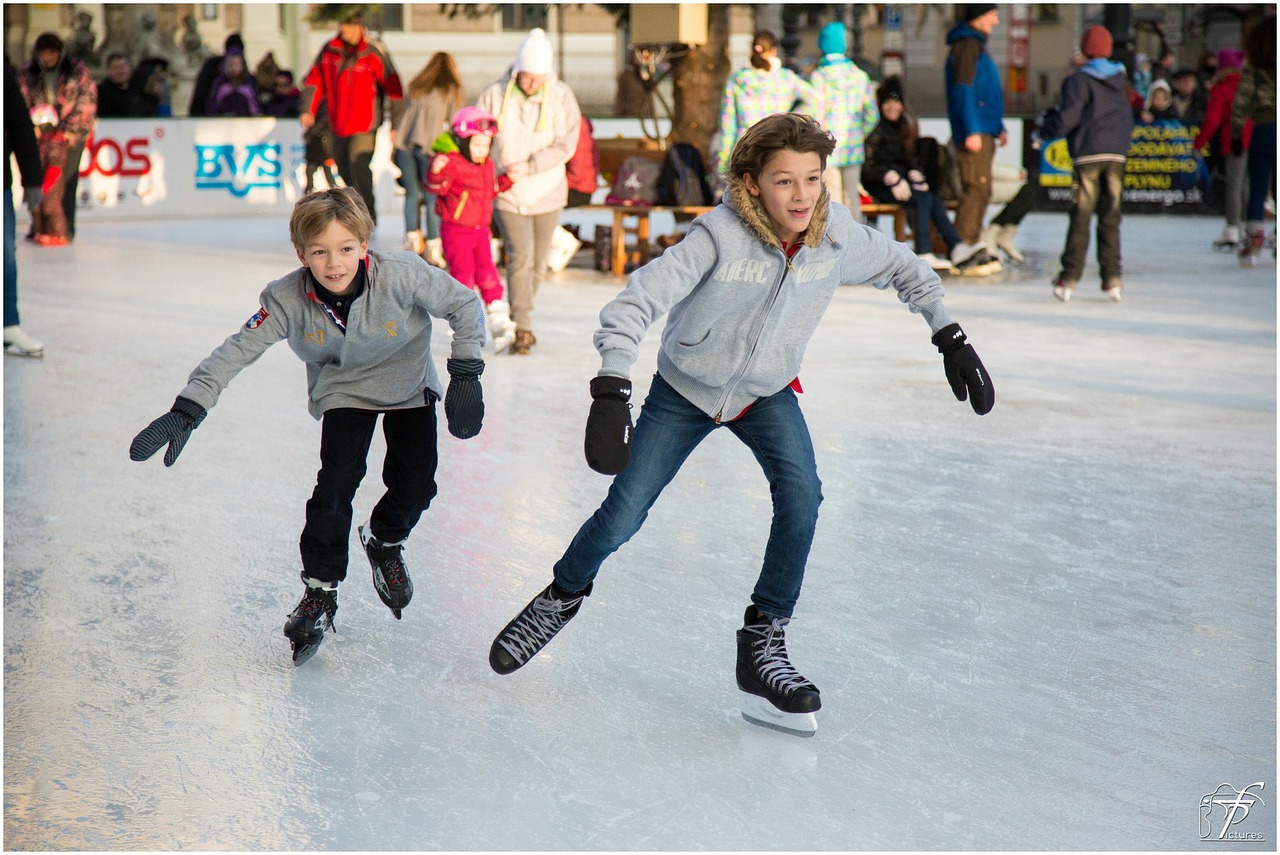
I was just about to make the statement that ‘everyone loves the winter,’ but then reality struck and I know that it would be wrong to say, we’d be inundated with complaints of misrepresentation! However, it should be safe to say that most people love the winter, how about that?
I know that we love it here at Outdoor Revival HQ, let the snow descend and smother the world!
The reality is that whether you like the winter or not we all have to deal with it, a lot of the world is affected by winter and the conditions it brings to our lives.
Many people that lead an active life will carry on getting out during the winter months and there are many excellent activities for getting fresh air and working our bodies.
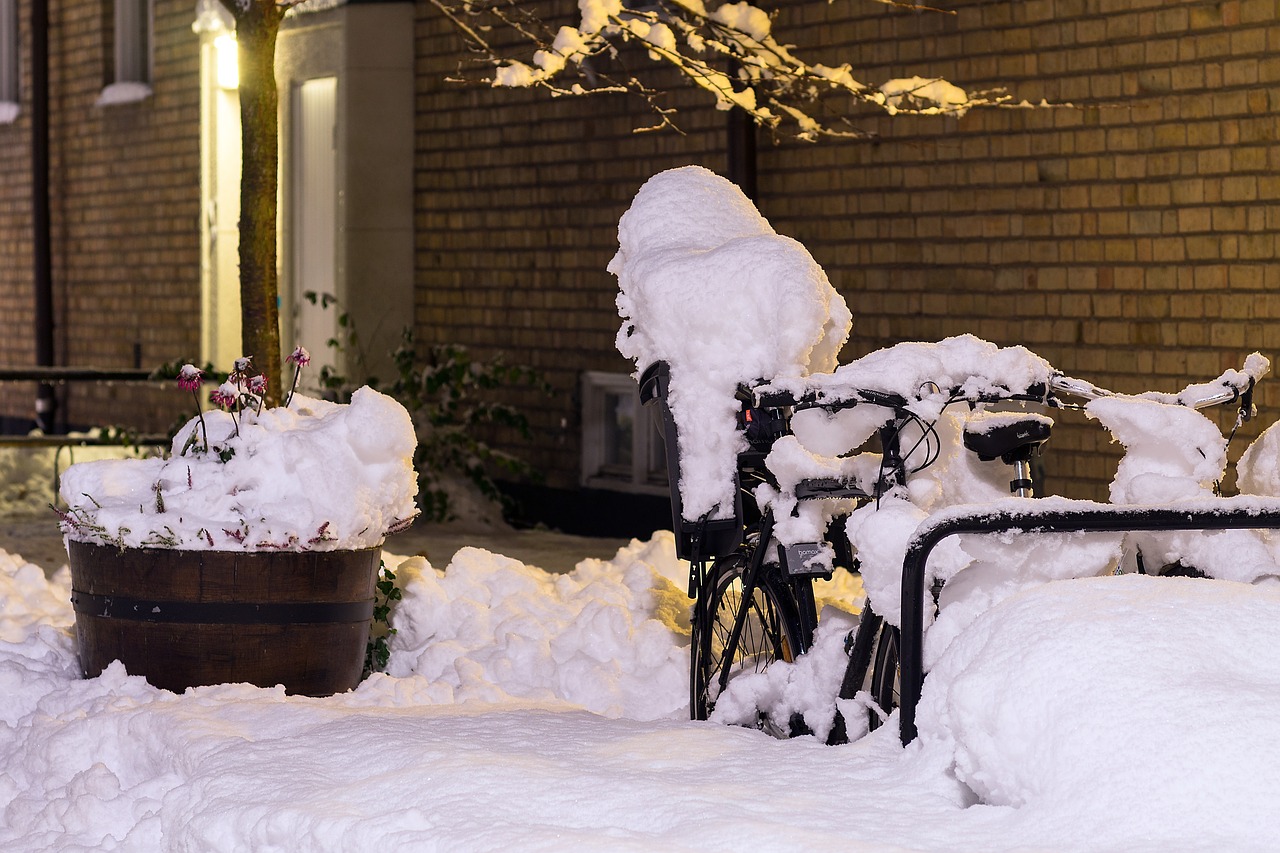
We have a few tips below that will help you stay safe while being active in these cold months that bring ice, snow and low temperatures, all of which can cause serious injury if you’re not careful and considerate. It doesn’t matter if you’re into skating, skiing, shoveling snow, sledding, walking or anything else, you’ve got to look after yourself.
Winter Sports
A short warm up before starting any activity is very important since cold muscles are more injury prone and they’re limited in range of movement. Begin with some simple exercises that get your blood flowing and elevate your heart rate a bit, followed by a little stretching while maintaining each stretch for at least 30 seconds. If you are going skiing or snowboarding, take at least one easy warm-up run prior to heading to the more difficult slopes.
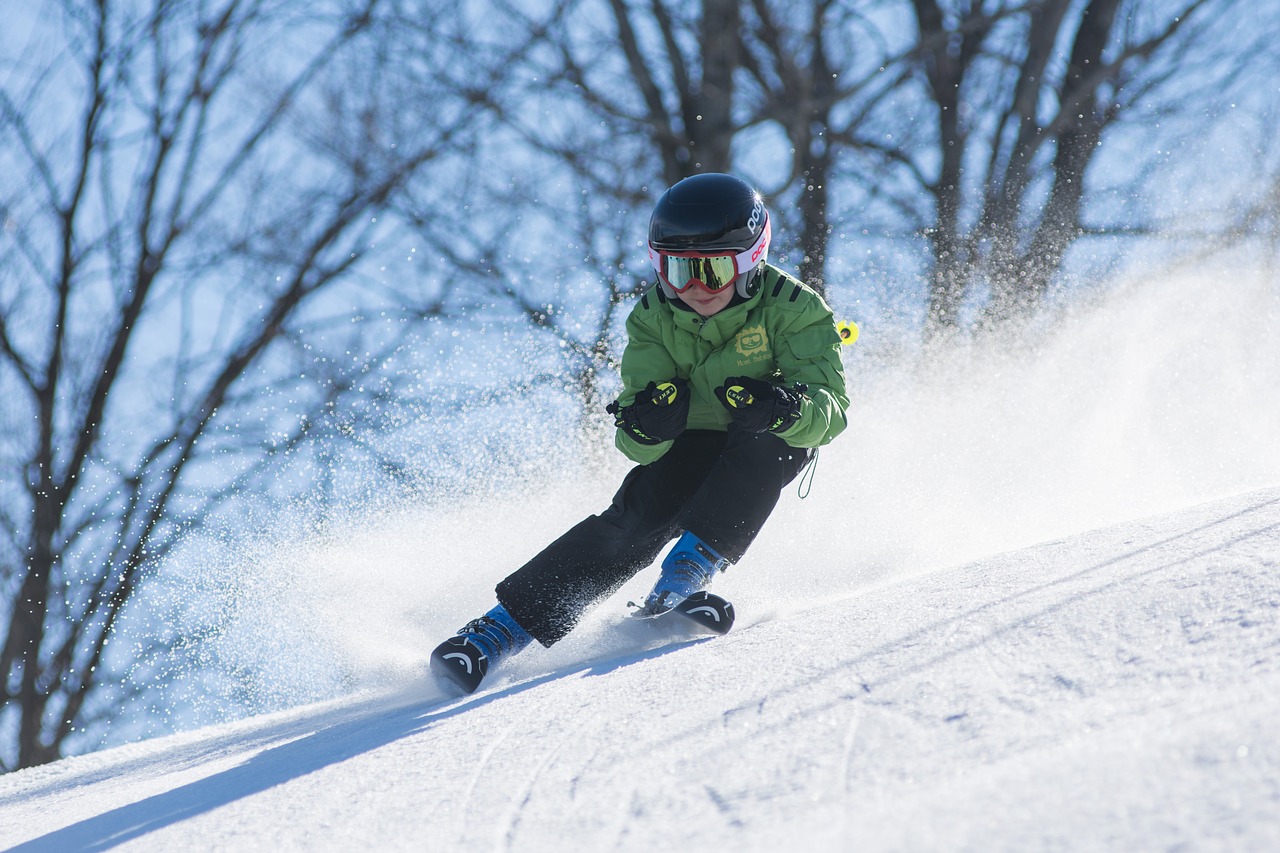
Being aware of your surroundings is very important. Become familiar with them; be aware of where the trees, rocks, fences, ice patches, and open water are so that you can avoid them. Stay on marked trails and stay away from any potentially hazardous areas such as steep hills. Icy surfaces can be particularly problematic, as they can trigger sudden changes in direction or speed, which could cause severe falls.
If you are experiencing any pain or you’re feeling exhausted or ill use your common sense and don’t participate in the activity, take a break, have a rest and come back to it when you’re going to enjoy it more and there’s less risk of mistakes.
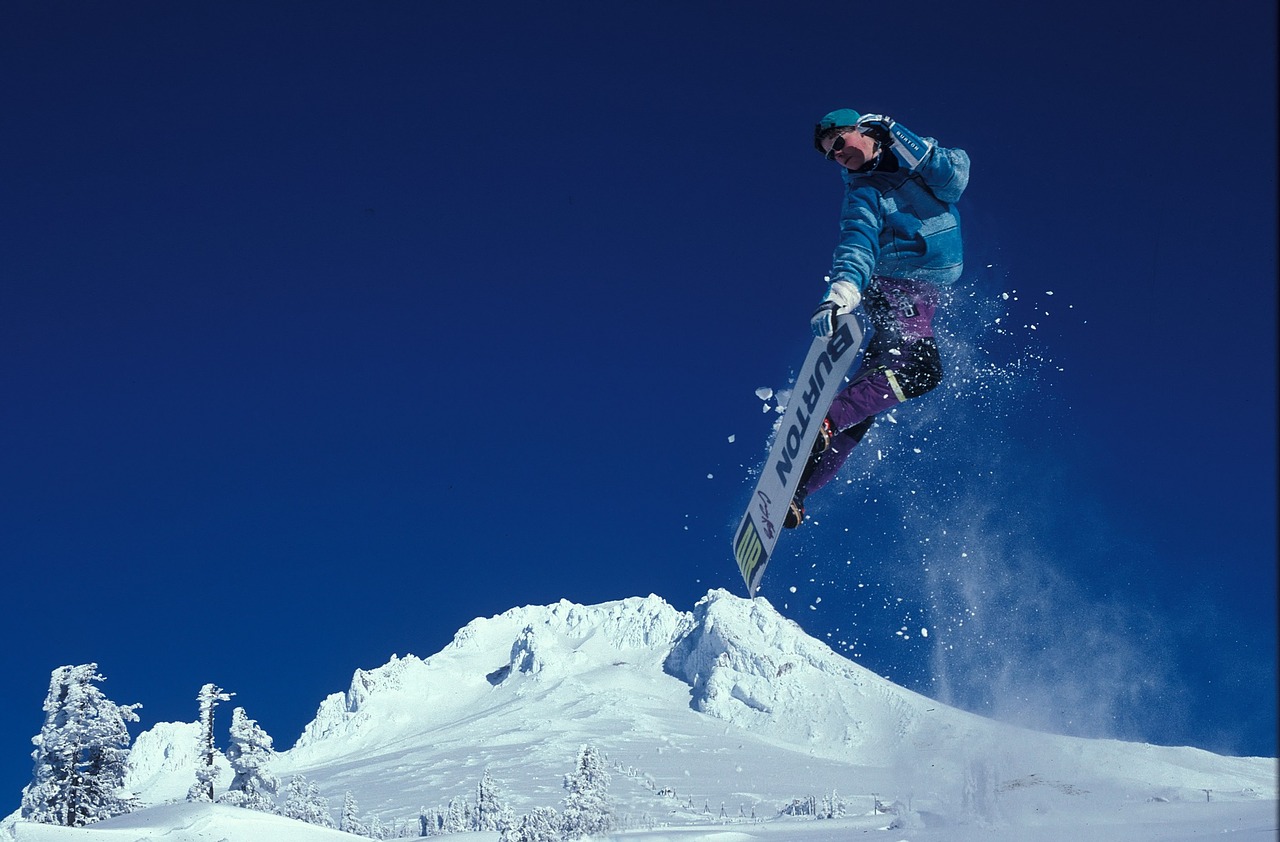
Shoveling Snow
When it comes to the more mundane winter activities such as shoveling snow you still need to be careful, it’s one of the most common sources of back injuries during the winter. Incorrect body movements can cause muscle strains, which can be painful, or even cause a more severe injury, such as herniated disks.
To reduce the risks, it’s worth purchasing an ergonomic shovel. Using a shovel with a curved or adjustable handle can take much of the strain off your back. Ensuring that the shovel has a lightweight plastic blade will also lessen the amount of weight you have to lift.
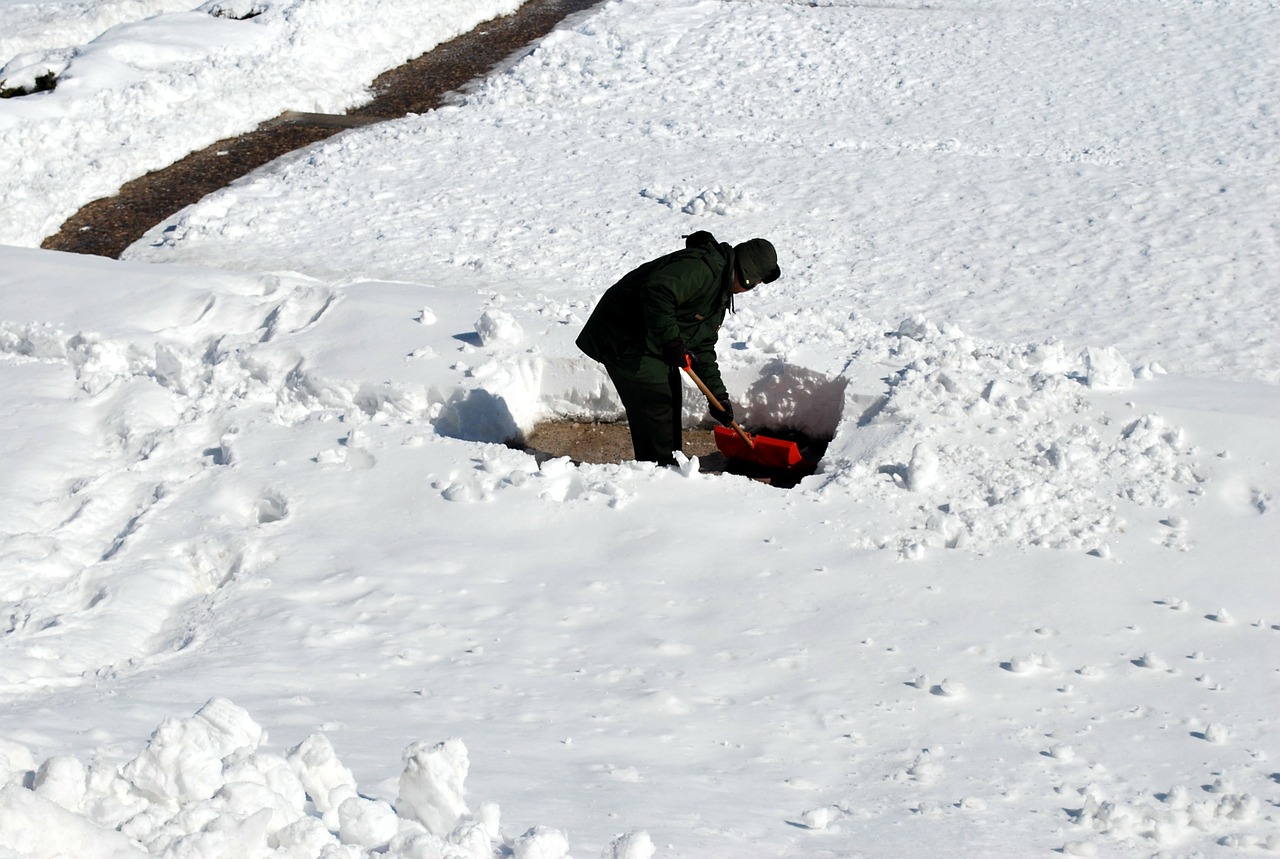
Use ergonomic lifting mechanics. Bend at the hips and do not lift with your back. Use your much stronger leg muscles. Do not lift loads that are too demanding for you and walk to where you will dump the snow rather than trying to toss it.
Whenever feasible, use a snow blower instead of a shovel. A snow blower, when used correctly, can take much of the stress off your back, while providing some walking exercise during the snow removal. Use the strength of your legs to push the machine forward, keeping your back straight and your knees slightly bent.
It’s worth noting that the healthier and fitter you are the less likely you are to get injured, so if your only physical exercise each year is shoveling snow you could be asking for trouble, it’s much better to be prepared for the physically demanding task of shoveling snow before you have to do it.
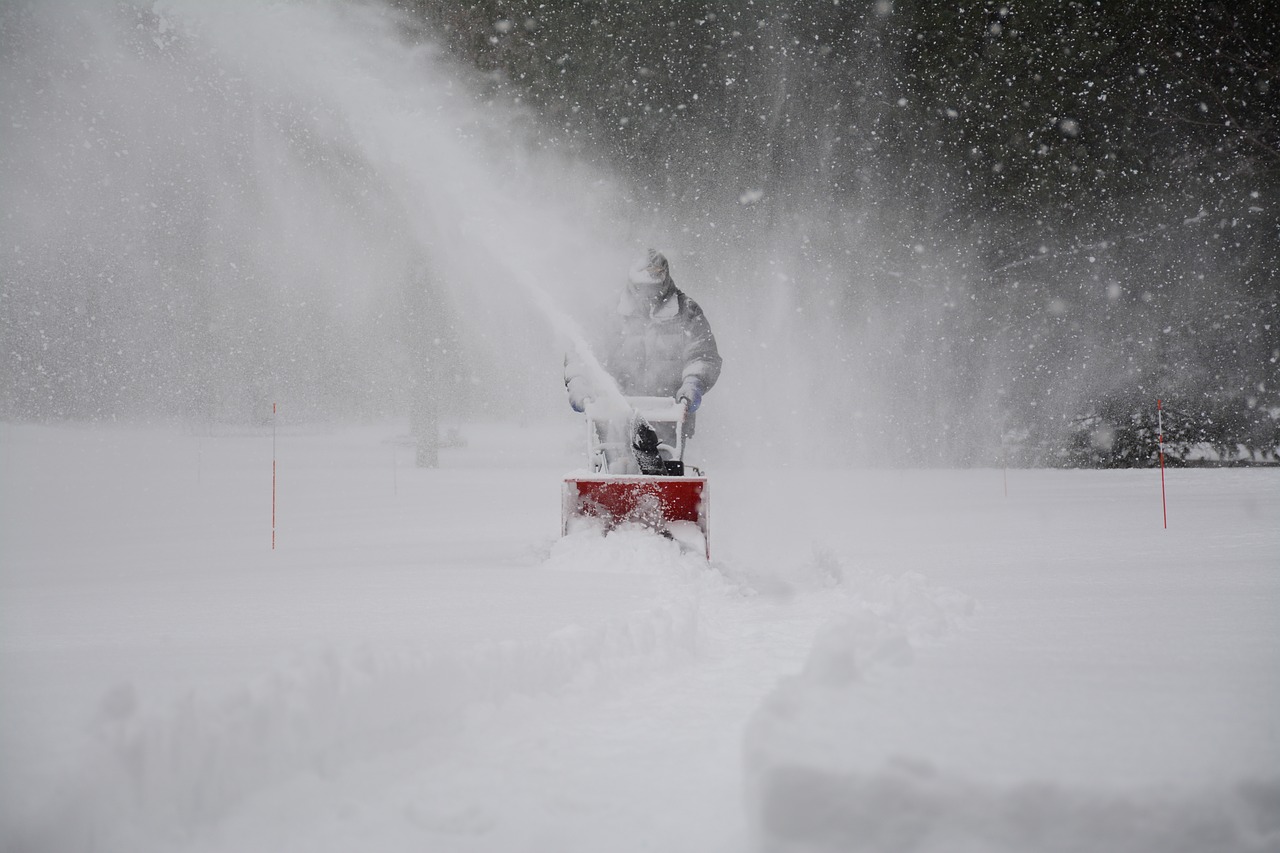
There’s a lot of people that die when they shovel snow as well, the increased blood pressure of the often hard work is too much for them. It’s always best to stay fit and healthy to reduce any risks like these.
Cold weather tips for everyone
Whether you prefer a boisterous pick-up game of hockey or just shoveling your patio and driveway, these tips can be utilized for any outdoor activity.
Take lots of water breaks to avoid sweating and dehydration. This is also a good opportunity to stretch the major muscle groups, keeping them warm and flexible. Allow yourself plenty of time.
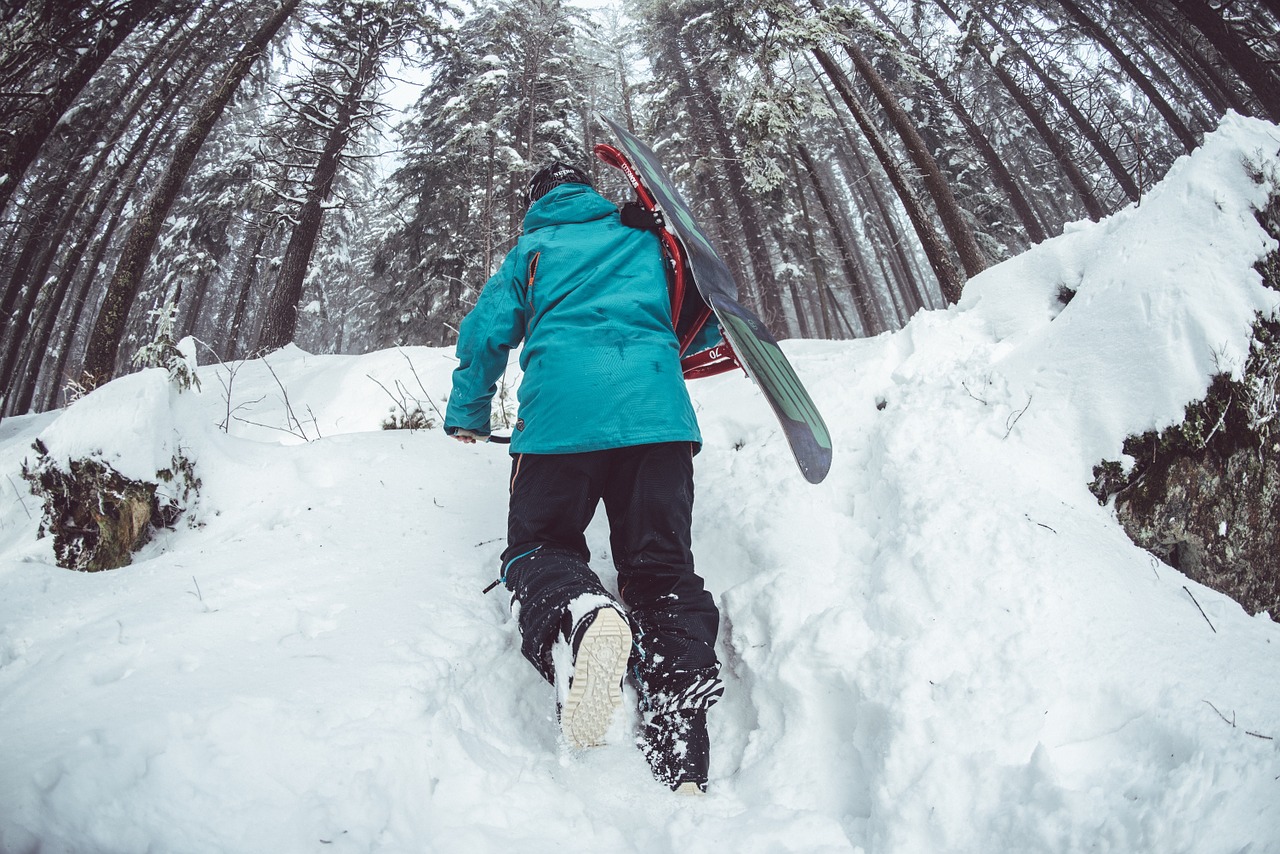
As your body is constantly changing temperature, layers of clothing can be removed or added as necessary. Wear several layers of light, loose fitting, and easily removable clothing.
To help prevent slipping, wear shoes or boots with good treads. It will be necessary, from time to time, to spread rock salt, sand, or kitty litter in high traffic areas to improve traction and safety.
Most importantly, if you feel yourself falling, make an effort to land on your side or buttocks. Don’t fight the fall; try to roll rather naturally, allowing your head to turn in the direction of the roll, thereby preventing a ‘snap-back’ of the head and neck.
Many of us have experienced slipping on ice, sometimes it’s just funny, other time it’s painful. I used to work in Canada, and it was my first experience of slipping up often and I soon learned to keep my hands tucked in and my head out the way and go with it.
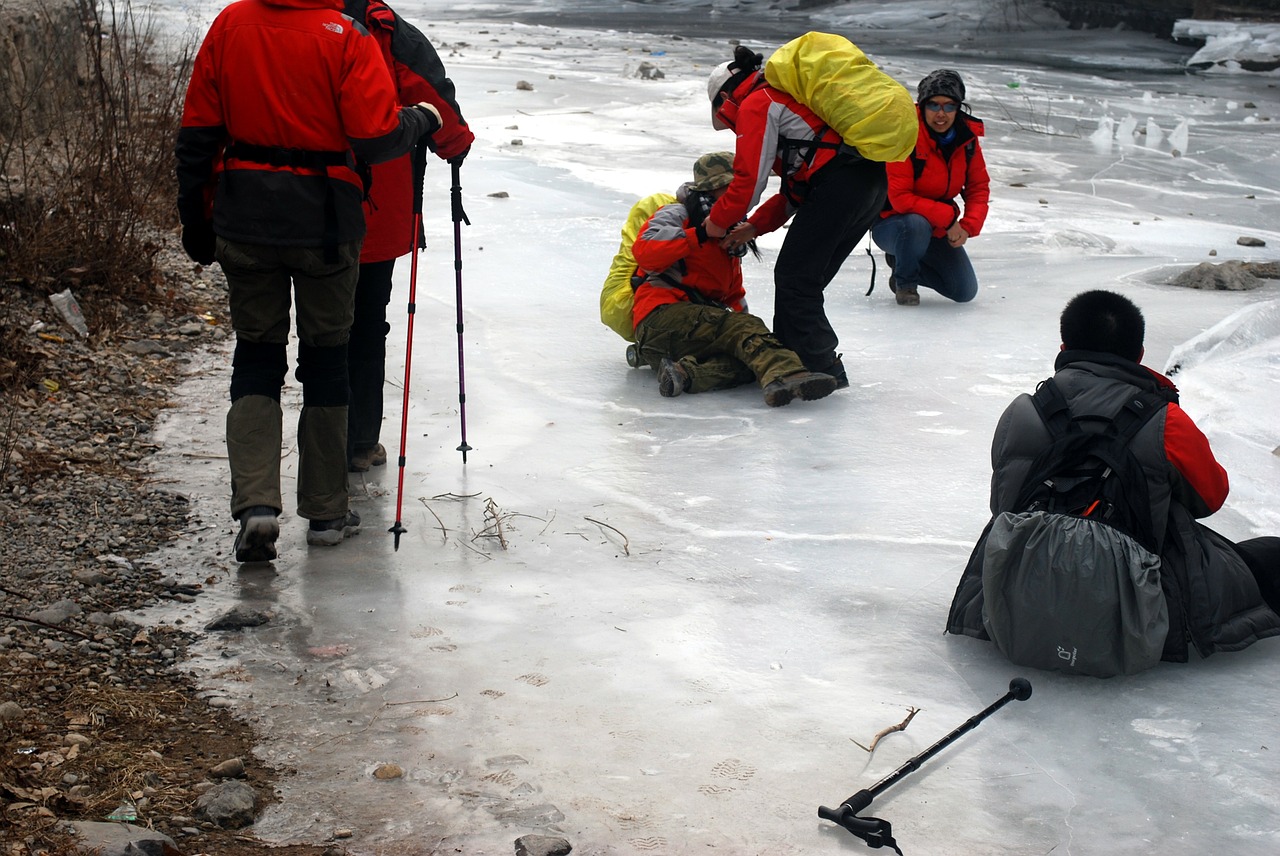
The winter months can be absolutely fabulous, but we all need to make sure that we look after ourselves and avoid injuries that will ruin the whole opportunity for fun!
If you have any comments then please drop us a message on our Outdoor Revival facebook page
If you see a good product or have a blog you would like to share let us know about it on our FB page, we’re also happy for article and review submissions , we’d love to hear from you.
Outdoor Revival – Reconnecting us all to the Outdoors
